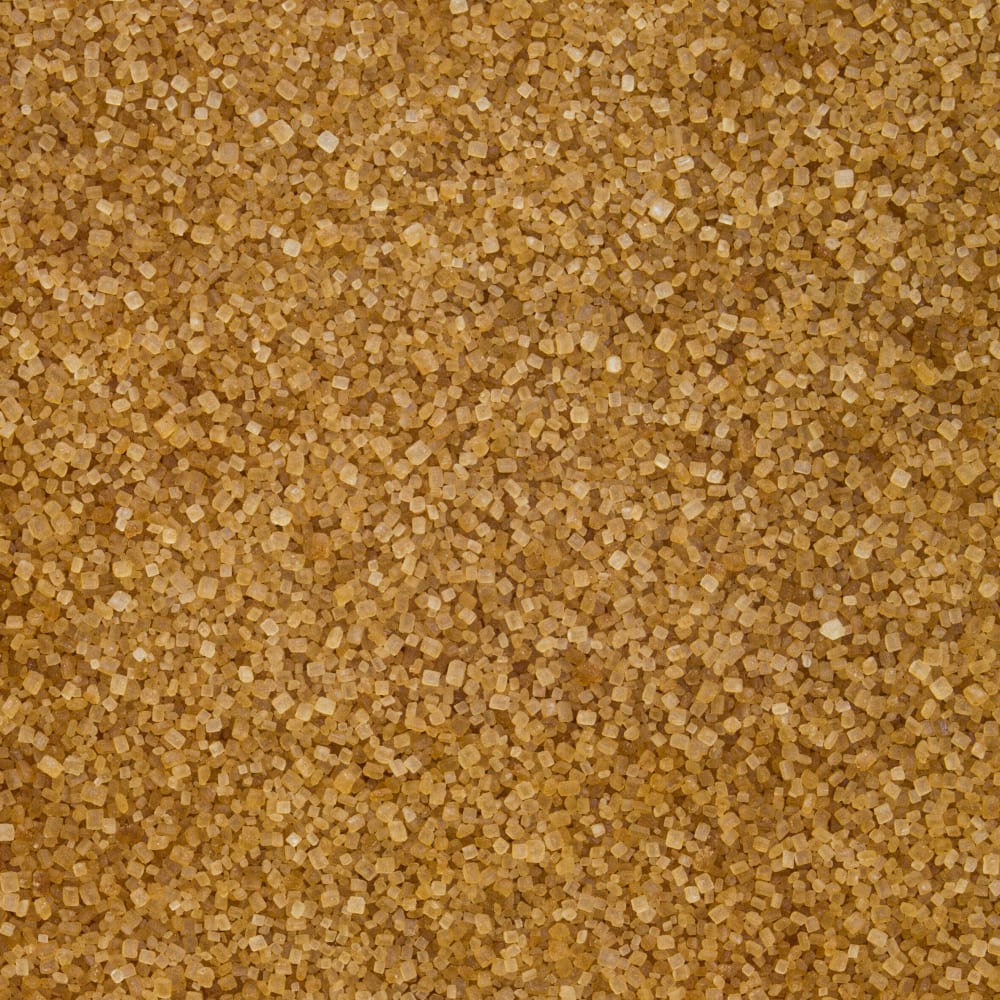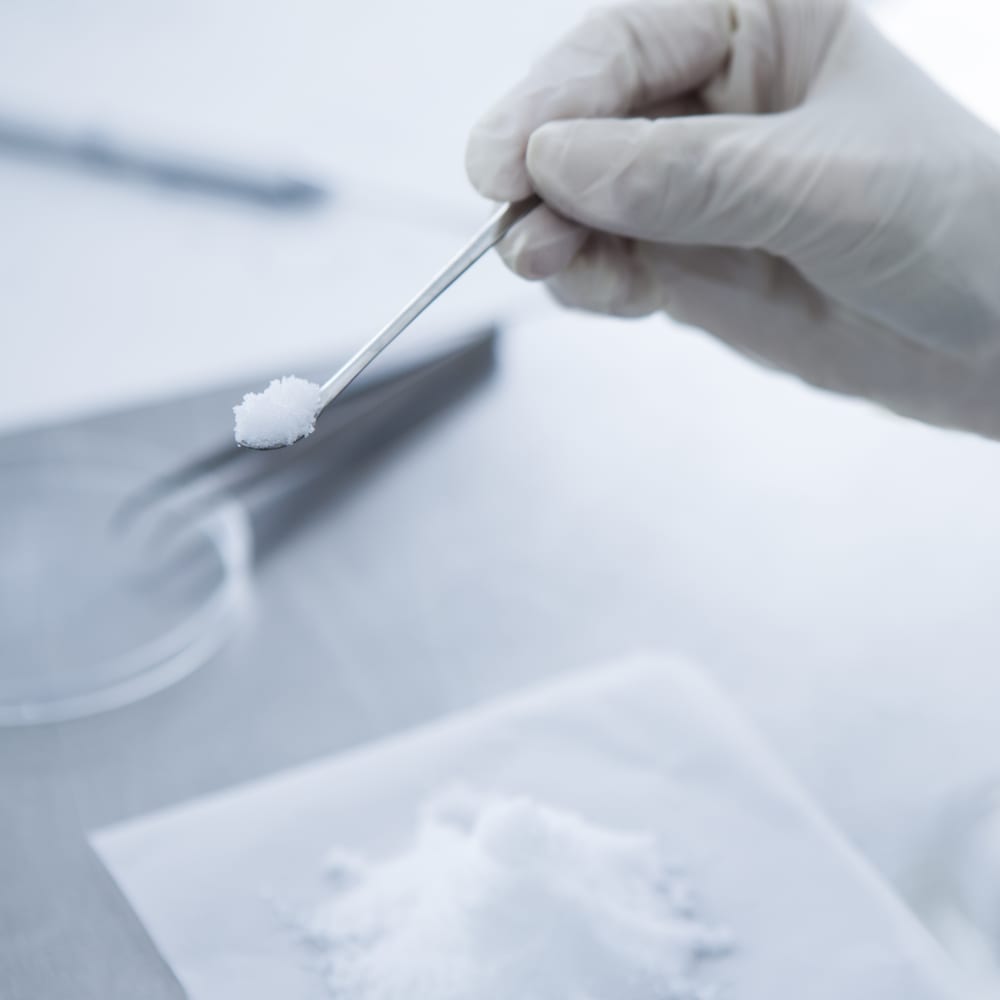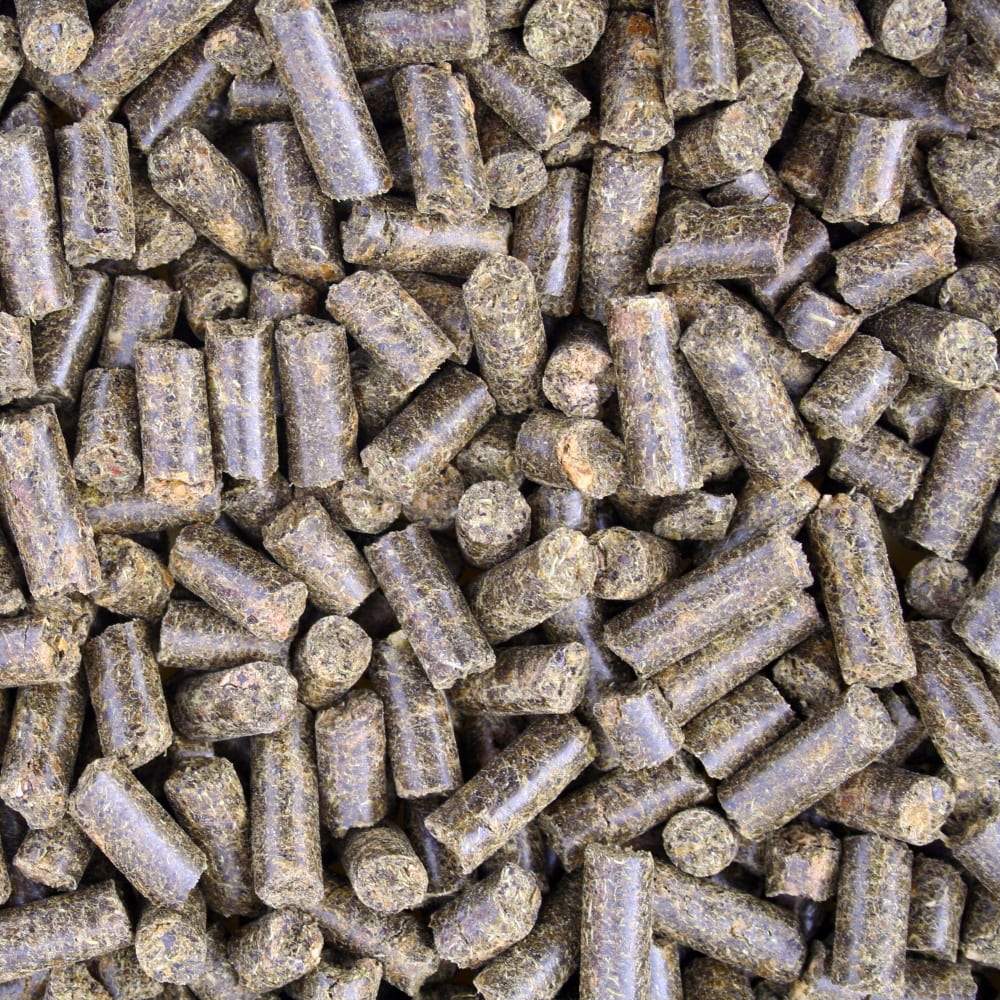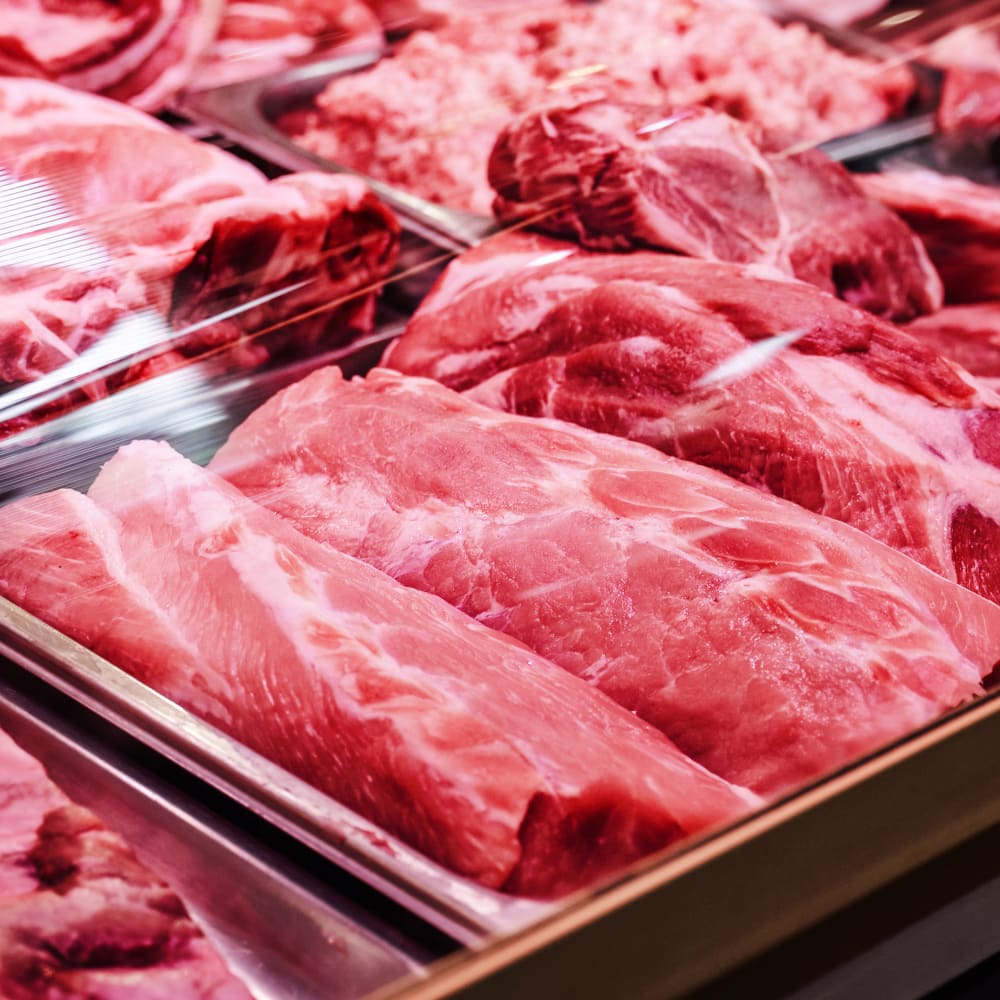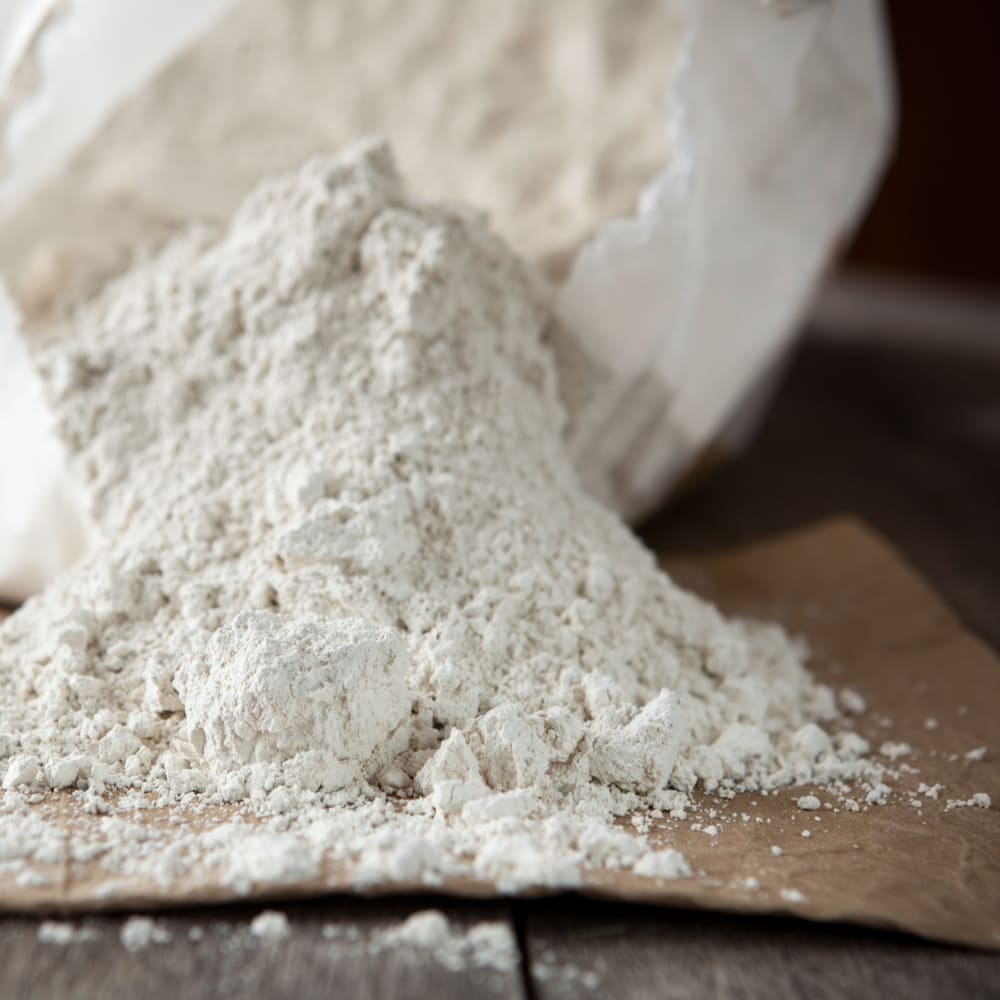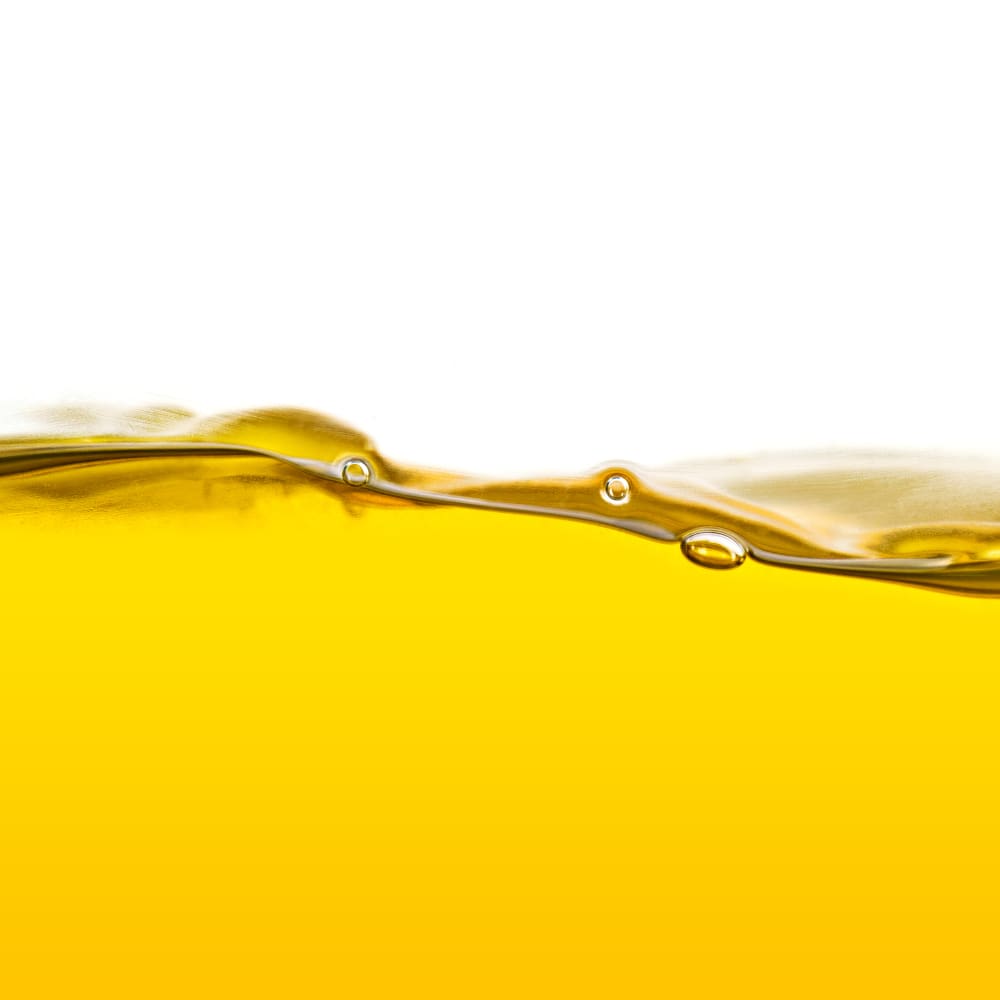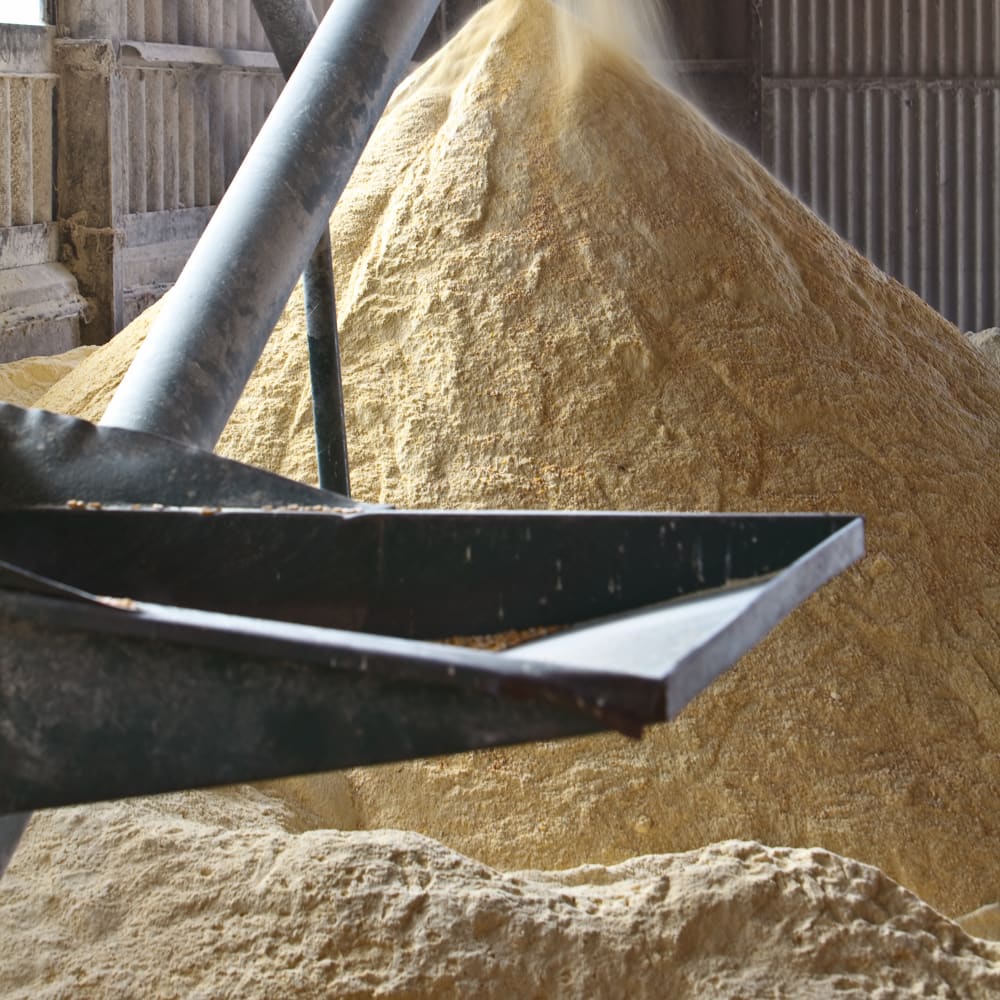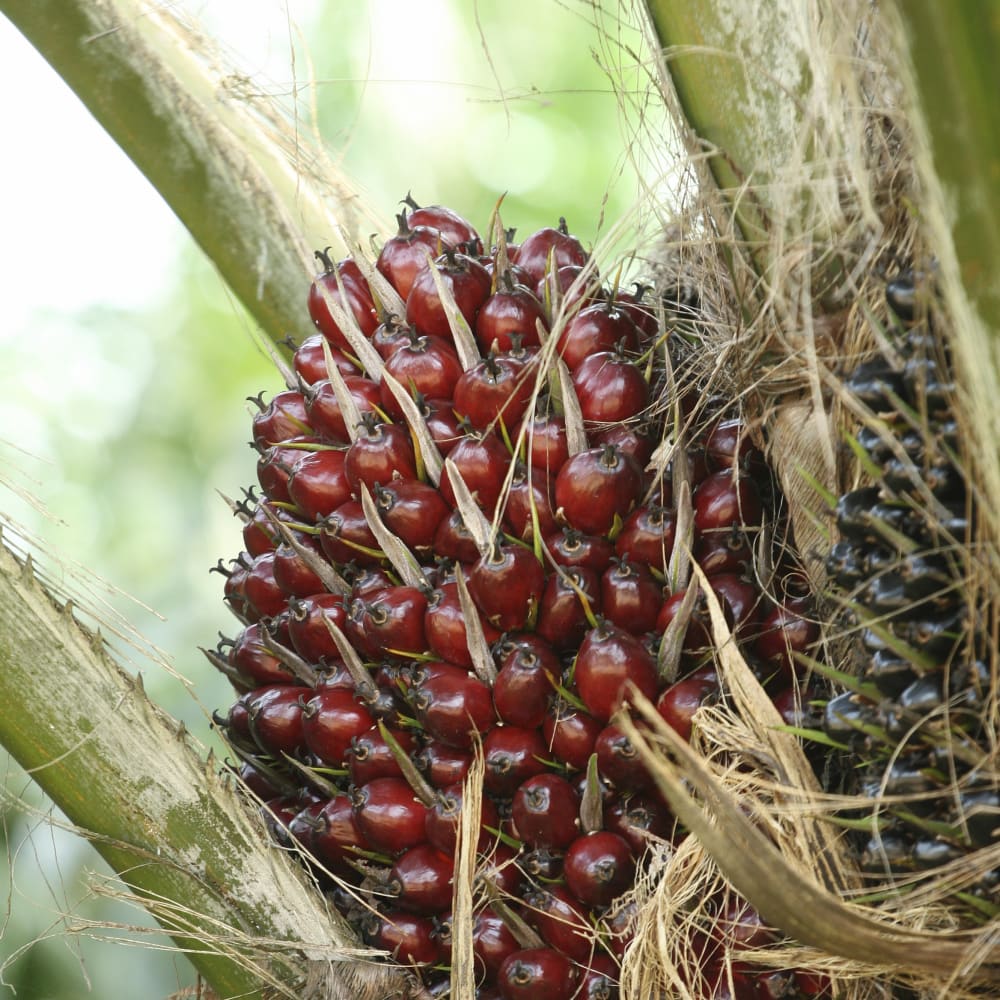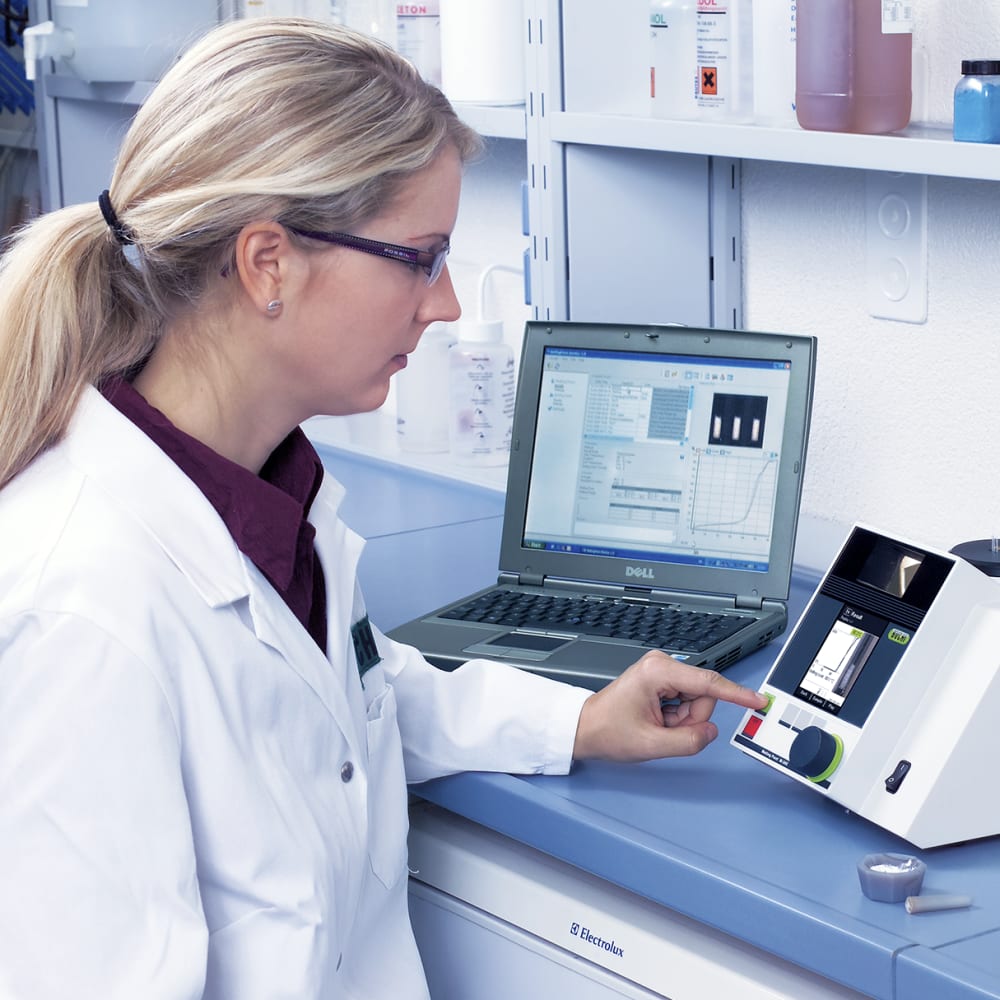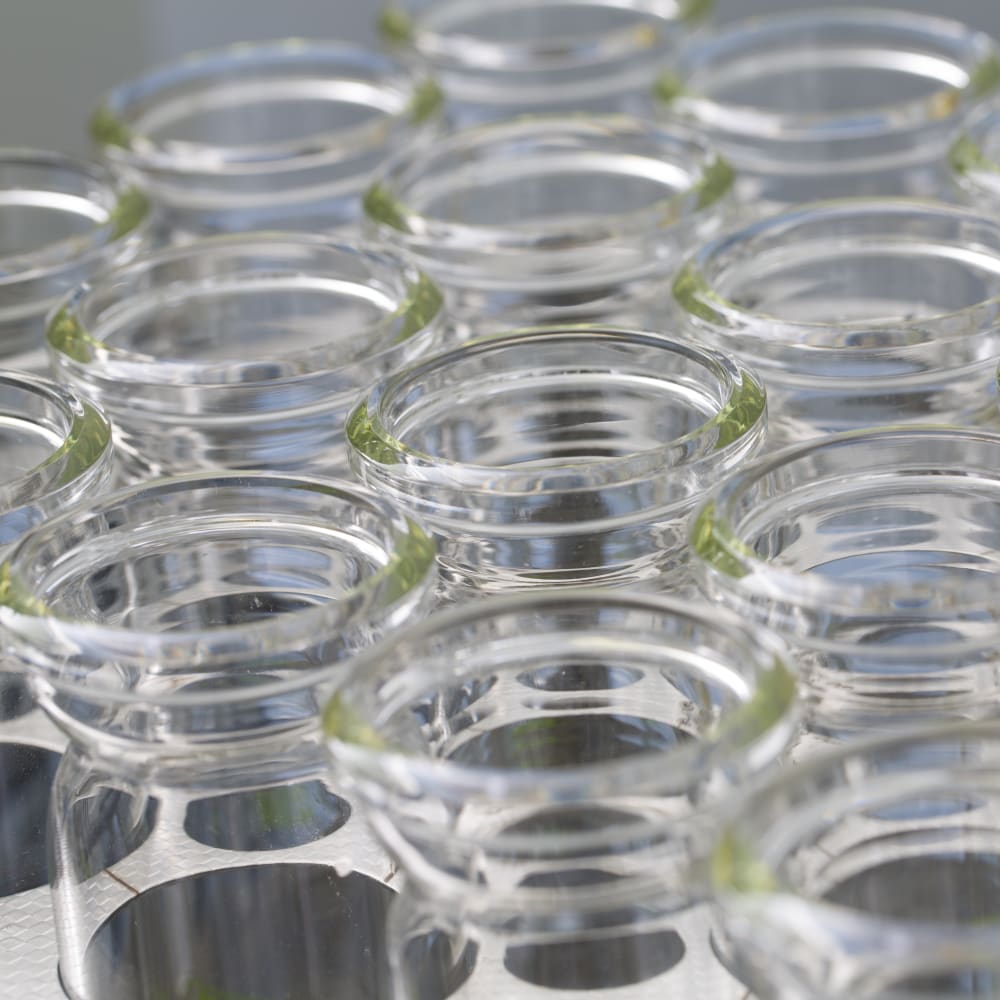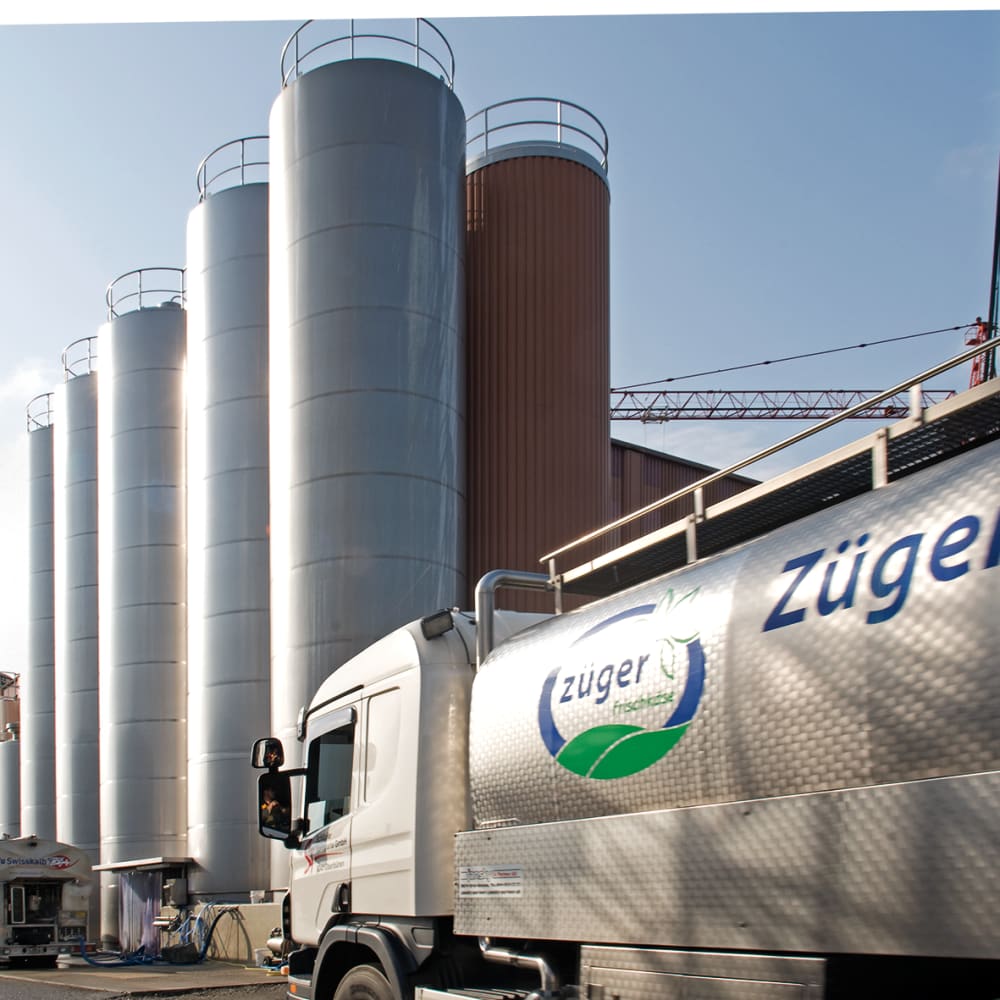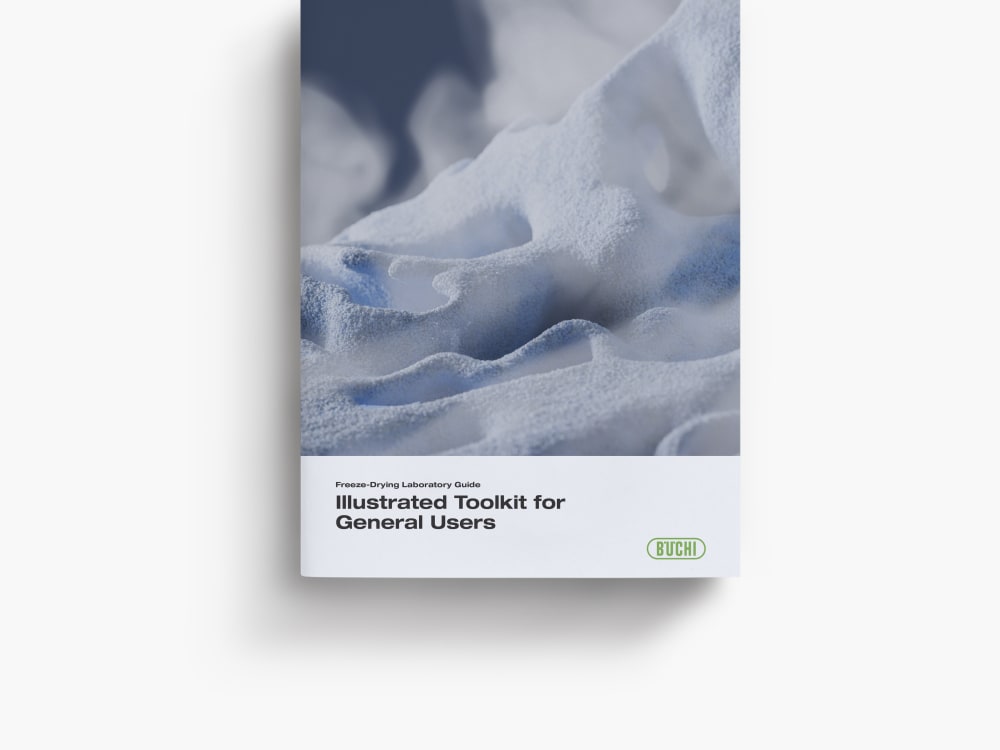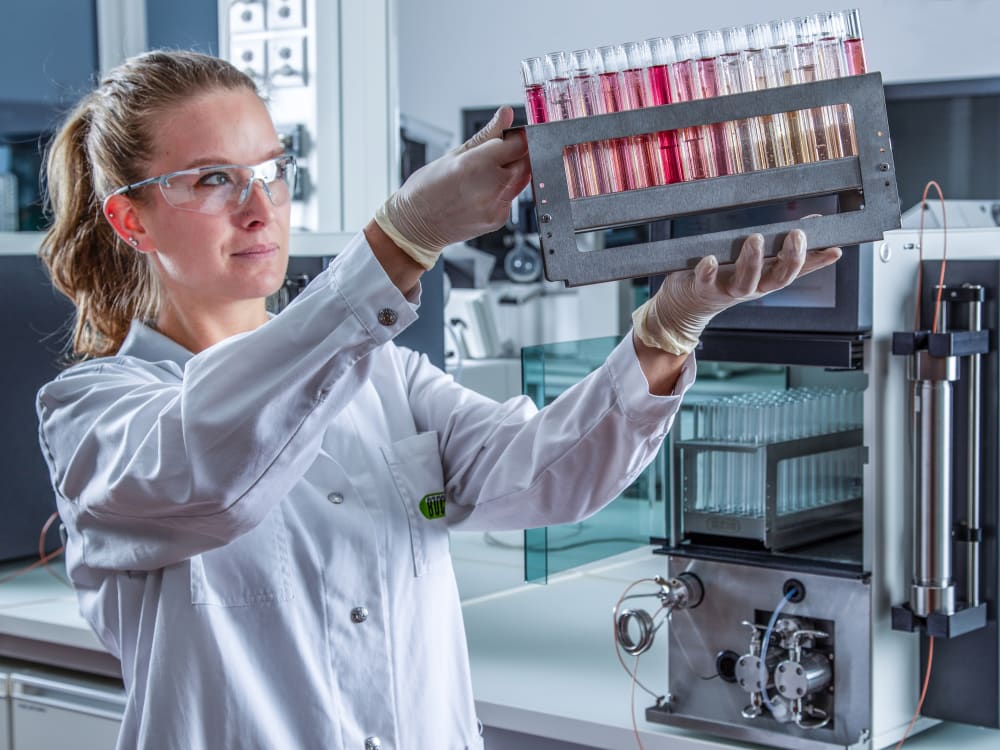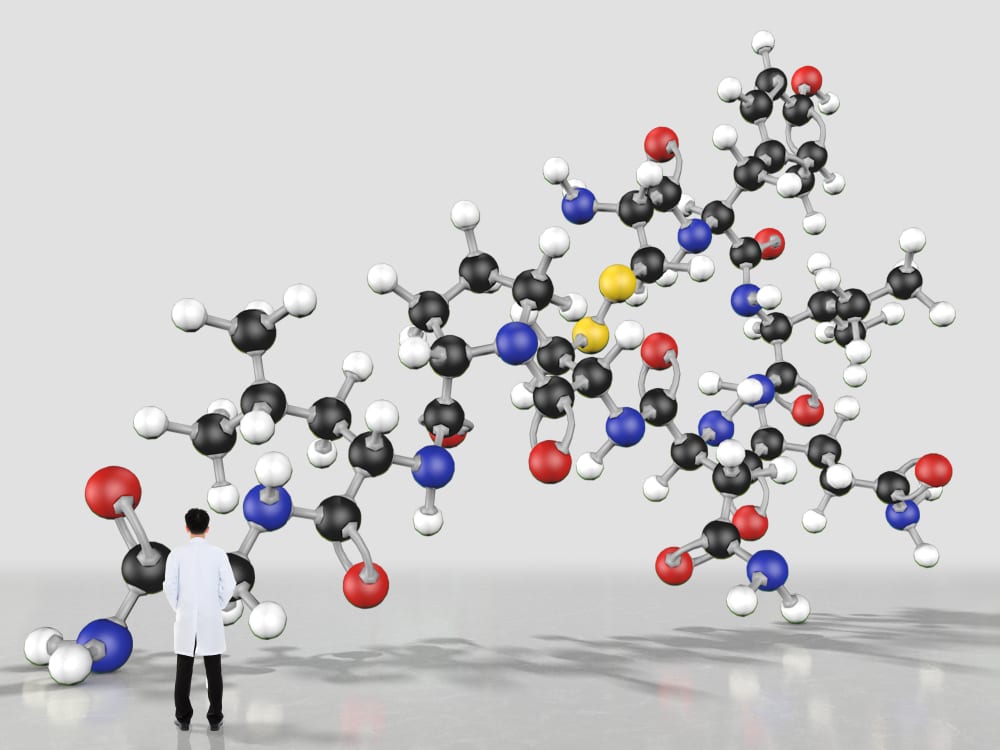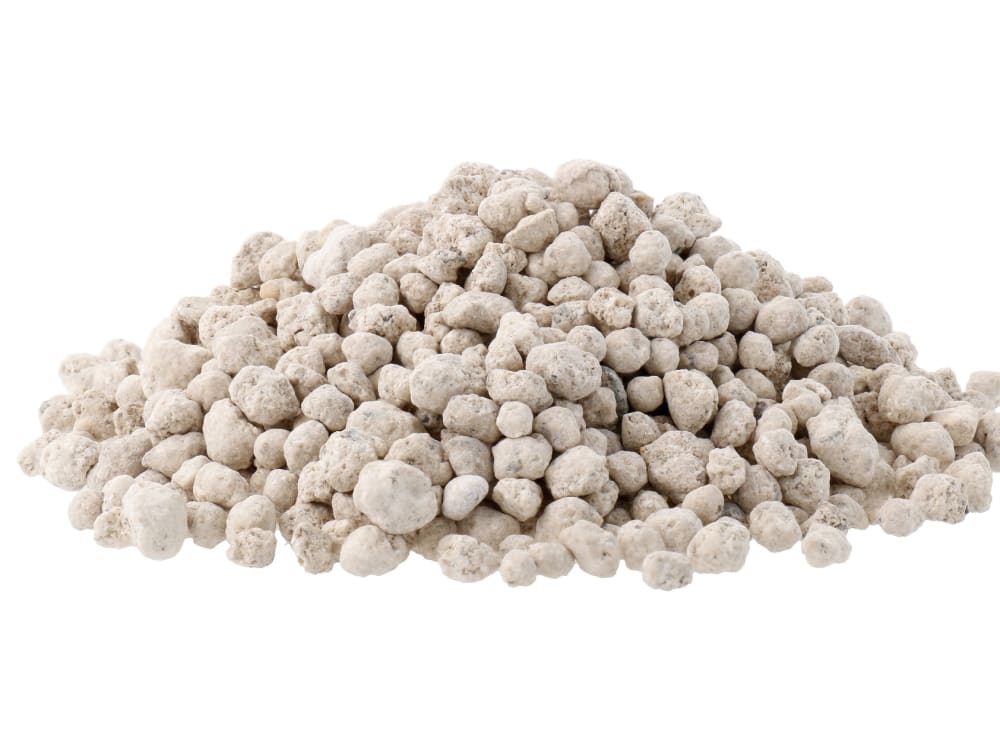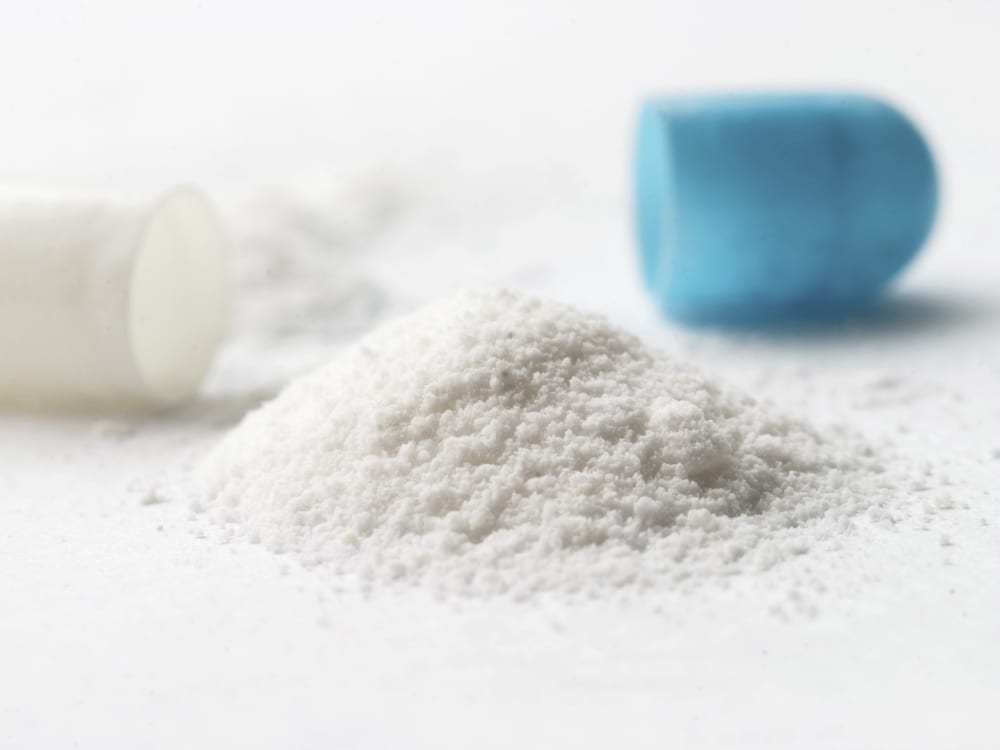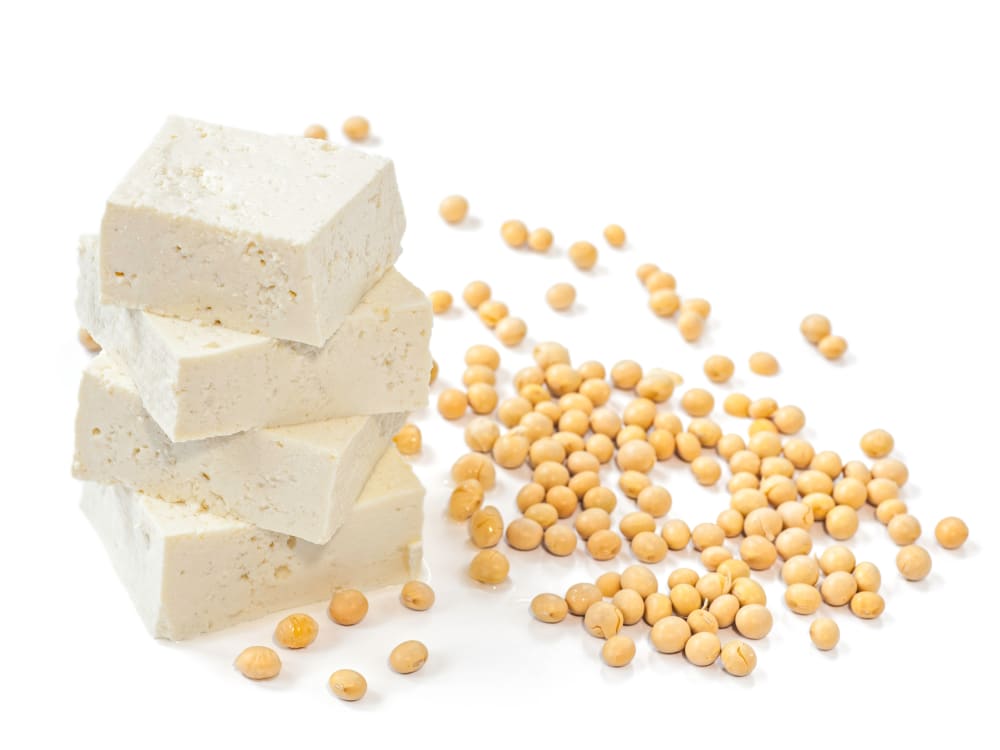Aplicações
Monitoring the Degumming Step of Crude Oils
The implementation of a BUCHI NIR-Online® process sensor after the degumming step provides full quality control of degummed oil. Within milli-seconds, different parameters such as phosphorus, moisure or free fatty acids, are continuously, simultaneously, and accurately measured with NIR.
Manual do líder de análise de alimentos completo
Este guia oferece um resumo abrangente de como os métodos de referência e NIR, como extração de gordura e o método Kjeldahl para determinação de proteína são úteis em todas as etapas na cadeia de processamento de alimentos. Obtenha uma visão geral detalhada das técnicas, incluindo preparação de amostras, medidas regulatórias, solução de problemas, perguntas frequentes e estudos de caso específicos.
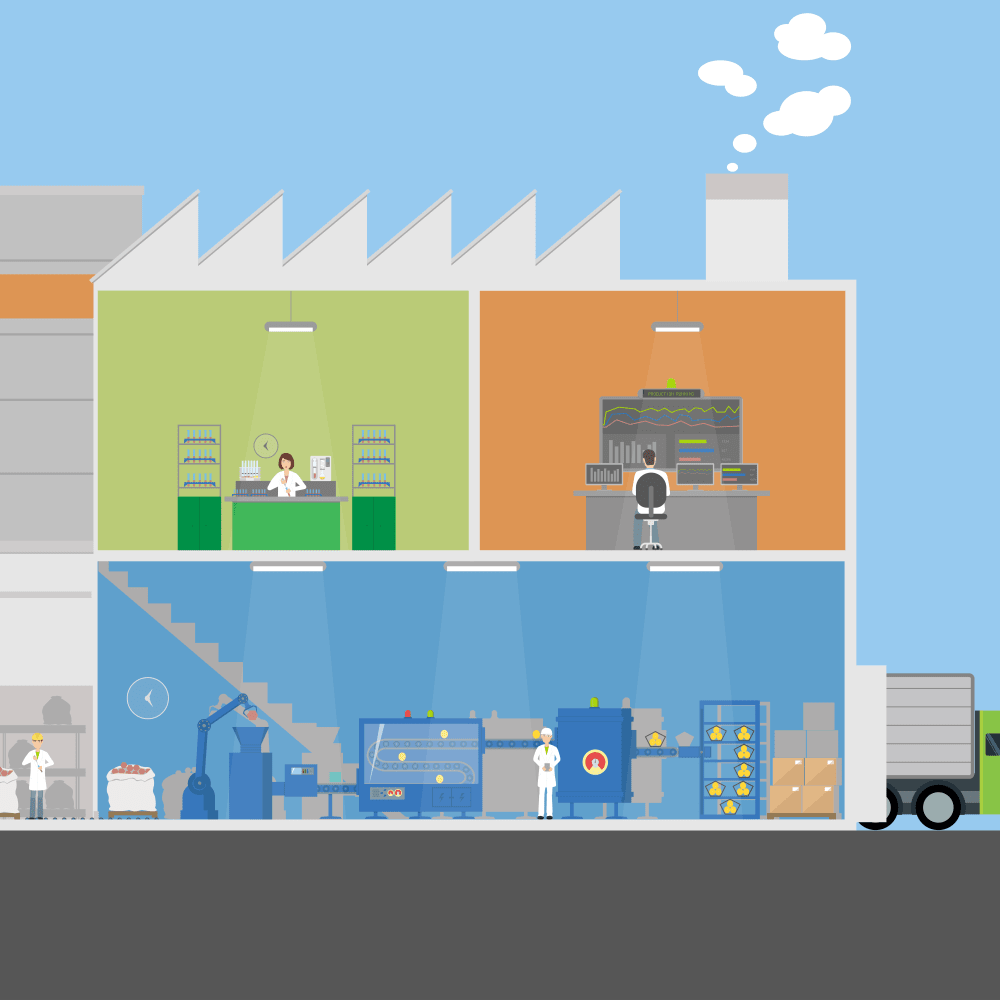
Pôster de pesquisa gratuito para controle de qualidade no processamento de cannabis
O pôster da pesquisa demonstra a adequação do NIR, como um método analítico rápido, preciso, econômico e ecológico para o controle de qualidade de produtos de cannabis. Veja como usar o NIR para medir CBD, CBDA, THC e THCA em flores, extratos e gotas de óleo de cannabis como um produto final. Além disso, aprenda a usar o NIR para o controle de qualidade de cannabis em processos de produção em grande escala.


